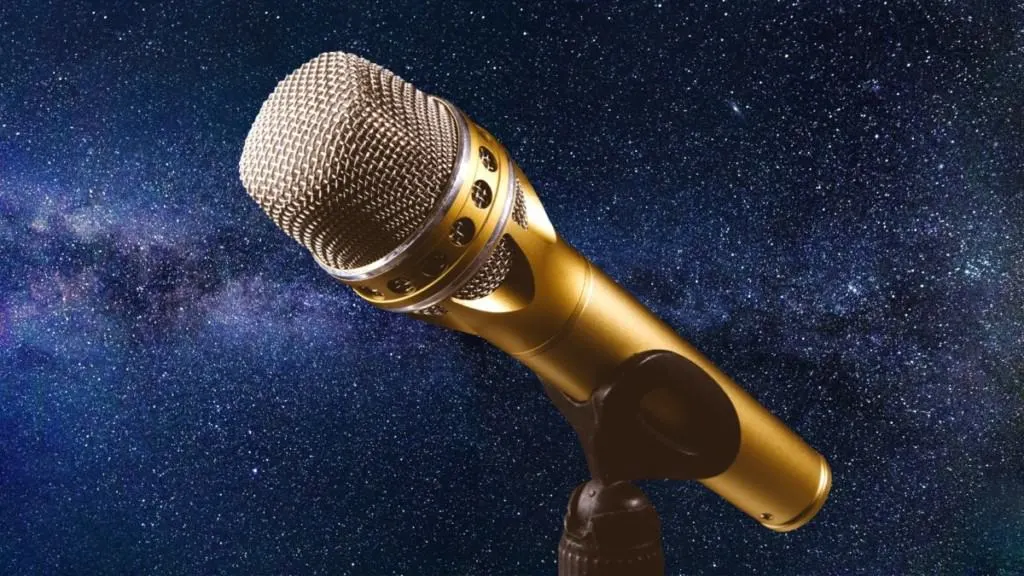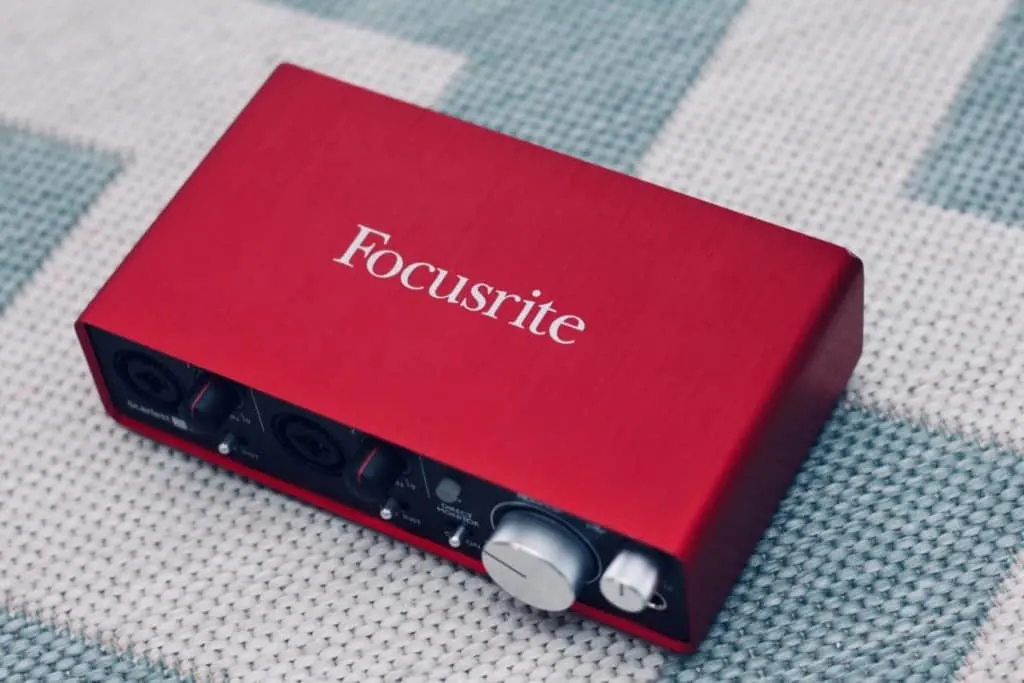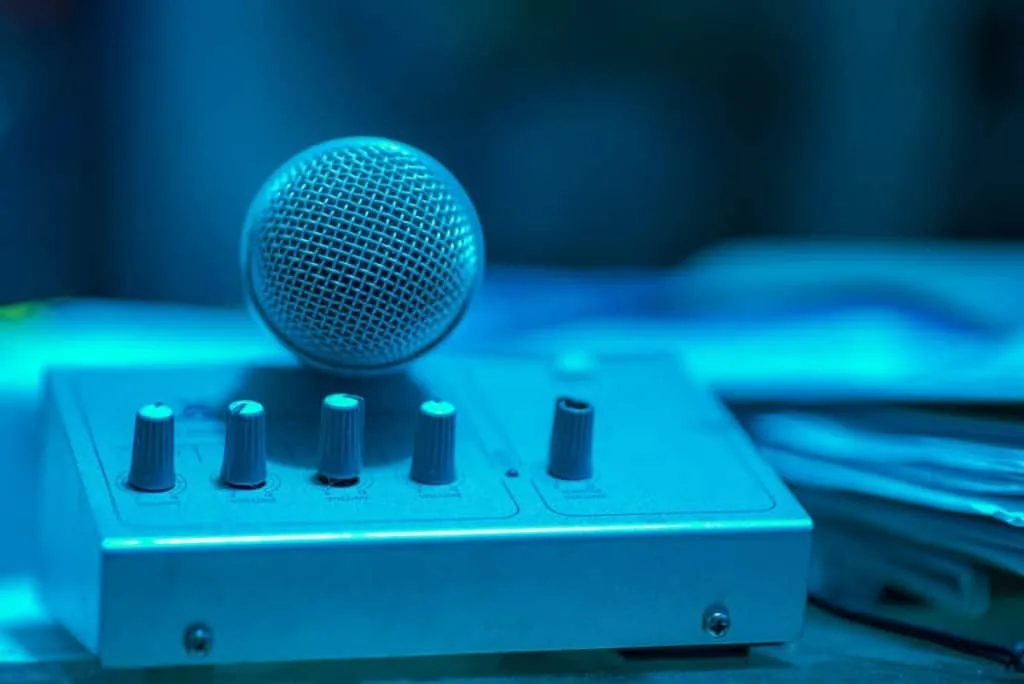Phantom power is a convoluted subject for most laypersons. Luckily, recording enthusiasts can use a simple mantra of matching the requirement of a condenser mic with the mixers to get by. To make this simple, all modern condenser microphones have their phantom power requirement stamped on the casing.
Some may just say 24 or 48V and others make have a voltage range. For instance, you’ll commonly observe a “P9-52V” stamp on various AKG mics. This stamp implies that the mic is fine with anything within that range. However, as the voltage goes lower, you might notice that certain parameters of the microphone will fluctuate and flounder.
The performance level of the underpowered parameters will vary from model to model. That being said, a vast majority of condenser microphone models are designed for a broad range of voltages. Even microphones that have 48v marked on them can work with 24vdc power supplies.
The important thing to note is that each condenser mic (regardless of make/model) only draws as much current as it needs. There is no added advantage in performance when you run a vocal condenser mic like AKG C214 (9-58V) at 48 V. You can significantly reduce the power draw by running it at 12 or 24.
- In this article, we’ll explore some important concepts about vocal microphones and phantom powering alongside our top 3 picks for the best 24V condenser microphones for vocals.

A Brief History Of 24V Phantom Powering:
In the late 70s, the 24 V phantom powering standard was introduced as a “new improvement” that would ensure that mic amps had more availability of power. They received a lot of attention in the 80s and were hailed as the norm that will soon become the “future standard”.
Fast forward to today and you’ll see that the idea didn’t catch on as anyone had imagined. The problem was that manufacturer still needed to make equipment with 24 V and 48 V powering to woo consumers. There aren’t enough examples of products that just offer 24 V powering.
It makes sense too. When all mics can use 24 V and 48 V, why would manufacturers bother to drive up costs by including 24 V powering in preamps, mixing desks, etc? The return on their investments seemed redundant. Today, it’s presumed that 24 V powering will – sooner or later – be phased out in the near future.
If you are new to recording and wondering what phantom power is you can check out this article for more help.
Vocal Microphones And Phantom Power:
“Phantom power” is a term that refers to how power is provided to the electronics within condenser microphones. This power is generated by in-line phantom power supplies in devices like mixers, audio interfaces, and mic preamps.
They apply voltage to the wires that carry the audio signals. This powers the internal parts of microphones like the preamp circuitry, polarized mic capsules, and impedance converters. The requirements of condenser microphones can range from 9V to 53V.
As you might be aware, there are three main types of microphones:
- Dynamic Microphones
- Condenser Microphones
- Ribbon Microphones
If you want to learn more about ribbon microphones check out this article
Just to be clear, phantom power has no effect on dynamic microphones because the phantom voltage is identical on pin-2 and pin-3 with respect to pin-1. This means you can use any dynamic microphone with or without phantom power. For ribbon microphones, I would recommend turning off the phantom power to get the best results. Attempting to use phantom power on some ribbon microphones will ruin the mic, so be careful.

Power Supply And Microphone Response:
Most of the contemporary audio interfaces and mixing consoles are designed with a master switch to simultaneously deliver phantom power to all channels. Some advanced or high-end units even have phantom power switches for individual channels.
The ever-popular Scarlett Solo audio interface has phantom power built-in and a decent preamp. It is a great interface to start your recording journey.
Check out the Scarlett audio interface here on Amazon
I have written an article on getting started with an audio interface. You can read it here.
Most modern condenser mics are flexible and will tolerate minor variations in the supply voltage. However, any sharp variation in the supply (i.e. if the voltage drops a lot) will lead to distortion and a noticeable reduction in the headroom.
The power supply plays a vital role in determining the undistorted output level of a vocal microphone. In most cases, the effect is so marginal that you probably won’t even notice the change in performance.
But beware, if the supply voltage falls below the tolerance limit, it will decrease the SPL limit of your mic by a few decibels. The overload will result in a strident and unpleasant sound. It will also deteriorate the mic’s response to shock, breath noise, and wind.
The Best 24V Condenser Microphones To Record Vocals
Let’s take a look at three of the best microphones that can be powered by 24V. We’ll highlight the key features of their specs and performance, in case you’re looking for a high-quality condenser to record vocals.
- All 3 of these microphones work on 24v and 48v phantom power.
#1 Rode NT1 – Large Diaphragm Condenser
The Rode NT1 is a made-in-Australia large-diaphragm condenser (LDC) that is famous for its bright tone and rich upper mids. The top-end clarity makes them a favorite to record vocals and to capture the natural shimmer of acoustic instruments, especially guitars.
The NT1 has a 1-inch gold-sputtered capsule and top-shelf electronics to deliver a detailed midrange response with warm lows and smooth highs. It boasts of a 4.5dB ultra-low self-noise and best-in-class surface-mount electronics. It also includes an incredulous 10-year warranty.
The NT1 runs at 24V (and 48V) phantom power. It adds more high-end sheen and presence to vocals compared to most other microphones in this segment. That being said, the mic’s predilection for the top-end can accentuate the sibilance in vocals or the “jangly” frequencies of acoustic guitars.
You can check out a detailed review of the Rode NT1 in this video.
What is included?
- Rode NT1 LDC Microphone
- Storage Pouch
- Double-layered pop filter
- Shock-mount
Check out the Rode NT1 here on Amazon.
#2 AKG Pro C214 – Large Diaphragm Condenser
The retro-chic AKG C213 is a solid low-budget option for home recording setups. Armed with a 1-inch capsule, the C214 delivers good sensitivity and excellent transient response. The low-self-noise and high SPL handling capabilities make it a great microphone for recording vocals at home or in a studio.
This is a versatile cardioid microphone at a competitive price. It also features a 20dB filer pad and a bass roll-off, which makes it a versatile choice for vocalists, guitarists, podcasters, and streamers. Overall, it delivers a punchy tone on the vocals with good presence and dynamics.
For a mic with a humble price tag, it delivers a fantastic top-end and a hint of brightness when you record vocals. It is our top pick for anyone who is looking for a sturdy single-diaphragm microphone and an easy to set up home recording solution. You can also extend your budget and opt for the more feature-packed AKG C414.
You can check out a detailed review of the AKG Pro C214 in this video.
What is included?
- AKG C214 LDC Microphone
- Storage Pouch
- Pop filter
- Shock-mount
Check out the AKG here on Amazon.
#3 Shure SM81-LC Small Diaphragm Condenser Microphone
Shure’s SM81 has been a studio and stage favorite since the 80s. A pair of SM81s is a staple in the inventory of any recording enthusiast. These cardioid condensers are sturdy and slim, which also makes them ideal for recording instruments as a stereo pair.
They have a distinctive flat response that can capture an accurate image of the vocals without hyping up any particular frequency. They do enjoy more popularity in other roles, but the SM81 has always been a great choice to record female vocals, harmonies, and even choirs or background vocals.
They have excellent SPL handling, a 3-position HPF, a -10dB pad, and low susceptibility to radio interference. The Shure SM81 is an industry-standard, that will work for you if you need a clean, transparent, and highly versatile microphone.
You can check out a detailed review of the Shure SM81 in this video.
What is included?
- Shure SM81-LC SDC Microphone
- Carrying Case
- Foam windscreen
- Swivel adapter
Check out the SM81 here on Amazon

Related Questions: 24v Condenser Microphones
Is 24v phantom power enough for a condenser?
No. Most condensers have active circuitry and require 48V Phantom power. You will not be able to run them on 24V. Trying to do so will negatively affect the microphone’s transient response. There are a few capacitor mics that can run on a 24V phantom supply. For instance, some AKG mics have 9 to 52V stated in their user manual and may work on 24V supplies.
However, this will not work for a great many condensers. You must check the requirement of your condenser before proceeding. If you have a microphone that requires a 48V supply, you can add a preamp with a 48V supply between the audio input and the microphone.
Do you need to turn off phantom power to plug in a microphone?
For the sake of safety, the answer is yes. The rule of thumb is that you should always turn off phantom power before plugging in or plugging out your vocal microphone. If you’ve flouted this rule, you’ve probably noticed the harsh popping sound that occurs when you do it. This may cause damage to your audio equipment, especially your speakers and condenser microphones.
Do dynamic mics need phantom power? Is it safe to use it with dynamic mics?
Dynamic mics do not need phantom power. In theory, you could use phantom power with a dynamic microphone like Shure SM58. However, it may not be a good idea as it may add some noise or a humming sound to the signal. This isn’t that big of the deal, because you can easily remedy it by turning phantom power off. It won’t cause any damage to the microphone.
Final Thoughts:
Before we go, I’d like to add that the microphones we’ve picked are high-quality vocals in the entry-to-intermediate market.
They will serve the needs of any audio recording enthusiast and home recording studio, regardless of powering. I hope this article has cleared up some key concepts of 24v phantom power. We’ll do our best to continue providing you with easy-to-follow posts about audio production and recording.
